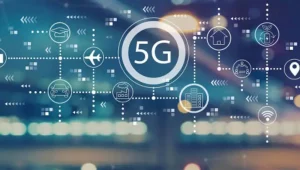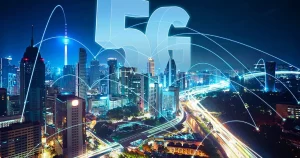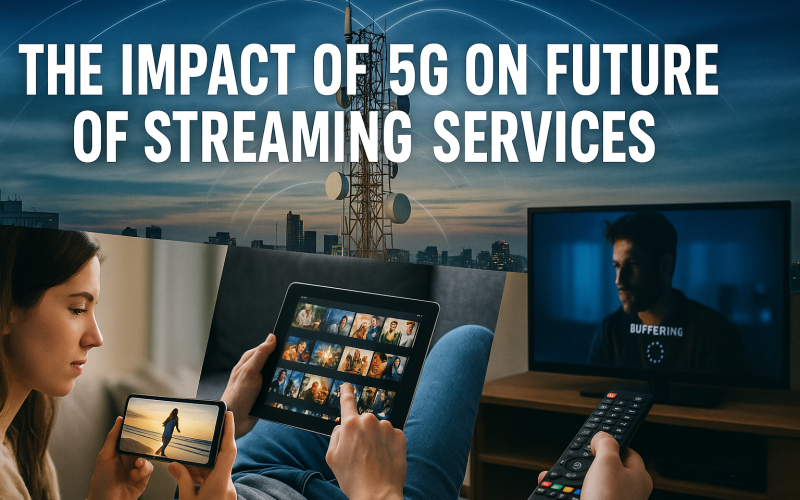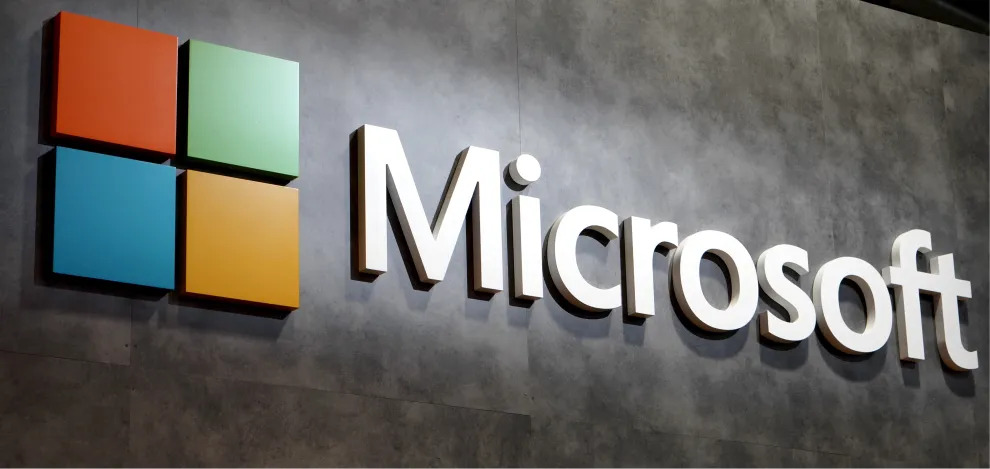Introduction
Streaming services have become a core part of our daily lives. We watch shows on the go, share live events with friends, and enjoy on-demand movies in high definition.
Yet many users still face slow load times and buffering. This is about to change. With 5G streaming, core network will offer unprecedented speeds and near-instant connections.
This article explains the future of streaming services in a 5G world. You will learn what 5G is, how it boosts video delivery, and the benefits it brings to viewers and providers. We will also explore challenges, share practical tips, and look at what lies ahead.
What Is 5G?
5G stands for fifth-generation mobile network. It follows 4G LTE and brings major upgrades.
First, peak download speeds jump from hundreds of megabits per second to multiple gigabits per second. Second, latency falls from around 50 milliseconds to as low as 1 millisecond. Third, network capacity expands so many more connect devices at once.
These gains come from new radio technologies and advanced antenna designs. They also rely on moving some computing tasks closer to users at the network’s edge. This shift, known as edge computing, slashes delays further.
In simple terms, next-gen mobile networks let apps and services send and receive data almost instantly. That matters for streaming, where delays cause buffering and poor image quality. With 5G, users will enjoy smoother videos and fewer interruptions.
How 5G Enhances Streaming Services

High speeds alone do not tell the whole story. The key is low latency. For streaming platforms, low delays mean video segments load in under a blink. Viewers can jump to any point in a show and start playback without waiting.
Gamers on cloud gaming services will see near-real-time responses. Live sports and concerts will stream in ultra-HD with minimal lag.
Edge computing plays a vital role. By moving content caches and processing closer to end users, networks reduce the distance data travels. This brings faster load times and steadier bit rates.
Content delivery networks also benefit by placing more servers in metro areas. When providers combine edge nodes with 5G towers, they achieve peak performance.
Another boost comes from network slicing. Operators can carve out dedicated virtual networks for streaming services.
These slices guarantee bandwidth and low latency even during peak hours. As a result, customers get a premium experience without service slowdowns. This level of control was impossible with older networks.
Benefits of 5G for Streaming Services

Enhanced video quality is one of the biggest gains. Services can offer 4K and 8K streams without worrying about congestion. Subscribers will see sharper images with richer colors and smoother motion.
Virtual reality and augmented reality content will also flourish. Viewers can immerse themselves in live events without nausea from lag or stutter.
Mobility improves dramatically. Mobile streaming growth will surge as people rely less on Wi-Fi hotspots. Service providers can tap this trend by offering location-based content and personalized recommendations.
Network capacity expansion means fewer outages and dropped connections. Streaming platforms can support large live events without fear of overload. Think global concert broadcasts or international sports finals. Even densely packed stadiums can stream video highlights to every seat.
For providers, 5G network benefits include lower delivery costs and new monetization models. They can offer premium low-latency tiers or ad-free ultra-HD packages. They can also partner with telecom operators to bundle streaming subscriptions with data plans. This cross-industry synergy will drive subscriber growth.
Challenges for 5G Streaming and Solutions

Rolling out 5G is not without hurdles. Building the dense network of small cells requires time and investment. Some rural and suburban areas may wait years for full coverage.
To bridge the gap, providers can use hybrid solutions that combine 4G and fixed-wireless access. This ensures users get the best possible service today.
Device compatibility is another concern. Service providers should design apps that adapt to network conditions. This ensures users on 4G still enjoy quality streams while 5G subscribers get enhanced features.
Security and privacy must also evolve. With network slicing and edge computing, data moves through more points. Providers should adopt end-to-end encryption and strong access controls. They should also comply with local regulations on user data and consent.
Finally, the complexity of managing multiple network slices and edge nodes calls for advanced orchestration tools. Streaming platforms can partner with managed service providers to handle this layer. Such partnerships free content teams to focus on programming and user experience.
Future Trends in 5G and Streaming

As 5G matures, we will see new forms of interactive content. Viewers might choose camera angles in live sports or vote on plot outcomes in interactive shows. Low latency will make these experiences feel natural.
Artificial intelligence will optimize video delivery in real time. AI engines can predict viewer behavior and pre-load content before users click play. AI can also raise video quality on the fly by upscaling lower-resolution streams.
Another trend is the rise of multi-access edge computing (MEC). MEC nodes will host parts of streaming platforms closer to users. This not only cuts latency but also reduces backbone traffic. It opens the door for cloud gaming and real-time collaboration apps that blend streaming with user input.
Finally, 5G and Wi-Fi 6E will work in tandem. Devices will switch seamlessly between networks for the best connection. This unified approach will make buffering and quality drops a relic of the past.
Practical Tips for Streaming Providers

First, audit your current delivery network. Map out where viewers face the most lag or buffering. Use these insights to prioritize edge node placement near high-traffic areas.
Second, design adaptive bitrate algorithms that sense network type and signal strength. This ensures streams adjust smoothly from 4G to 5G without interruption.
Third, collaborate with telecom operators on network slicing deals. Negotiate service-level agreements that guarantee bandwidth for your top-tier plans.
Fourth, invest in analytics platforms that track viewer behavior in real time. This data will help you pre-fetch content and optimize server loads.
Partner with handset makers or carriers to give discounts on 5G-capable devices when subscribers join premium plans.
Table
| Feature | 4G LTE | 5G NR | Impact on Streaming |
|---|---|---|---|
| Peak Download Speed | Up to 100 Mbps | 1–10 Gbps | Faster load times and higher resolutions |
| Latency | ~50 ms | ~1–10 ms | Instant playback and interactive content |
| Device Density | ~2,000 devices/km² | ~1,000,000 devices/km² | Reliable streams in crowded areas |
| Network Slicing Capability | No | Yes | Dedicated bandwidth for premium tiers |
| Edge Computing Integration | Limited | Widespread | Reduced backbone traffic and lag |
Conclusion
5G represents a turning point for streaming services. Its high speeds, ultra-low latency, and massive capacity will redefine how people watch video. Providers can deliver ultra-HD content, interactive experiences, and flawless mobile streams.
Challenges remain in coverage, device compatibility, and network complexity. Yet practical steps—such as adaptive streaming, edge deployments, and operator partnerships—can bridge these gaps today.
As 5G networks expand, viewers will demand richer, more immersive content. Streaming platforms that embrace these changes will lead the market and delight users worldwide.
Service providers use edge computing to cache popular content near users. This reduces the distance data travels, cutting load times. Combined with network slicing, 5G dedicates bandwidth for streaming traffic. You watch HD shows while others game online without affecting each other.
For content creators and platforms, this means less churn from frustrated viewers and more opportunities to deliver premium content.











